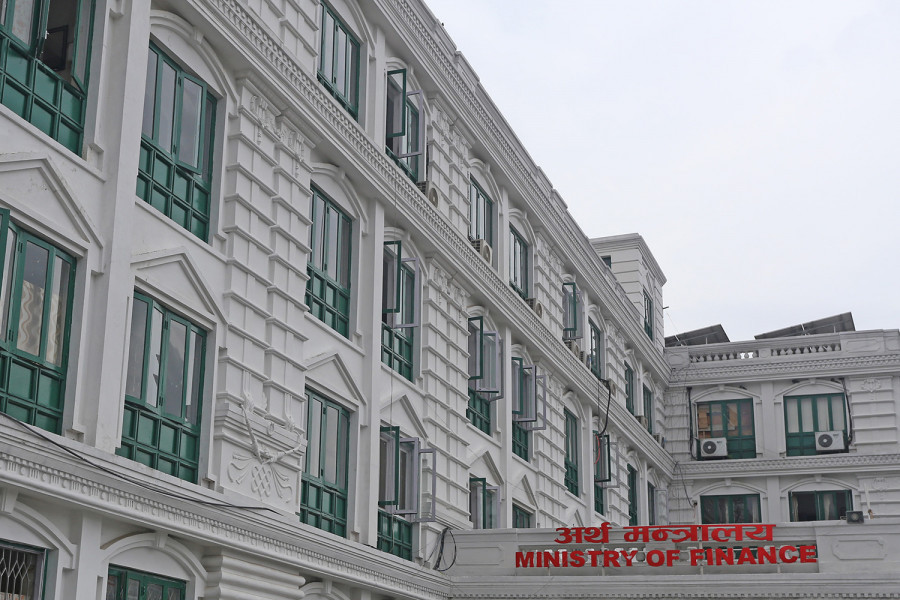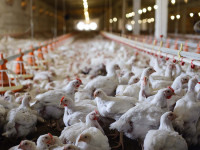Money
Budget earmarked for interest rate subsidies remains unspent
There were few takers for low-cost loans because of the virus, officials said.
Prithvi Man Shrestha
Only 22 percent of the funds earmarked for interest rate subsidies was spent in the last fiscal year, as there were few takers for loans with the country in the midst of the Covid-19 pandemic, Finance Ministry officials said.
The government had allocated Rs5 billion for providing subsidised loans to targeted groups in the areas of agriculture, livestock and other income generating activities in fiscal 2019-20, but only Rs1.1 billion of this amount was spent.
Under the concessional loan scheme, the government subsidy covers 5 percentage points of the interest rate charged by banks and financial institutions. The government also provides interest subsidies for credit extended to youths under the Youth Self-Employment Programme.
“Low spending of the budget for interest subsidy could be due to sluggish lending in the last fiscal year due to the Covid-19 pandemic,” said Jhakka Acharya, chief of the financial sector coordination division at the Finance Ministry. “The interest subsidy is spent based on how much credit has been extended.”
Demand for loans decreased sharply during the lockdown, according to the central bank. Credit to the private sector fell to Rs13 billion during the period mid-April to mid-May from Rs15 billion in the same period last year. Lending shrank to Rs10 billion during the period mid-May to mid-June this year from Rs24.8 billion in the same period last year.
According to Acharya, there was hardly any demand for funds for interest rate subsidies after the stay-home order was imposed on March 24, which lasted till July 21.
In the early months of the last fiscal year, the working procedure for concessional loans was revised which also delayed lending in the last fiscal year, according to Acharya. The government launched the scheme in the fiscal year 2018-19.
The central bank said that Covid-19 did not have a big impact on concessional loans because they are increasing despite the lockdown. According to Nepal Rastra Bank, outstanding concessional loans as of mid-June in the last fiscal year stood at Rs51.47 billion. There are 23,318 borrowers of such loans. The government had announced the loan scheme targeting farmers and small and medium scale entrepreneurs.
“The amount is expected to reach close to Rs60 billion at the end of the last fiscal year,” said Gunakar Bhatta, spokesperson for the central bank.
Outstanding concessional credit at the end of fiscal 2018-19 was around Rs33 billion. “So the rise in such credit has remained good,” said Bhatta. “What is sure is that more loans could have been extended under this scheme if it weren't for Covid-19.”
According to Bhatta, most of the budget allocated for interest rate subsidies might not have been spent in the last fiscal year because potential borrowers were immobilised by the pandemic.
Given the impact of the pandemic on several sectors, the central bank plans to expand the flow of credit under this scheme. To this end, the central bank has directed each commercial bank to provide at least 500 such loans while each development bank has been told to provide at least 300 loans under this scheme during the current fiscal year. Each finance company is required to issue at least 100 loans by mid-July next year.
The Finance Ministry is preparing to expand the use of concessional loans by amending the working procedure. “We have added eight to 10 sectors to the list of eligible applicants for these low-cost loans,” said Acharya. “Some of the new sectors are dairy, poultry and farm machinery.”
According to Acharya, the proposal has been sent to the Law Ministry for its feedback. “After receiving the opinion of the Law Ministry, we will send the revised draft of the working procedure to the cabinet for approval,” he said.




 13.12°C Kathmandu
13.12°C Kathmandu













%20(1).jpg&w=300&height=200)
